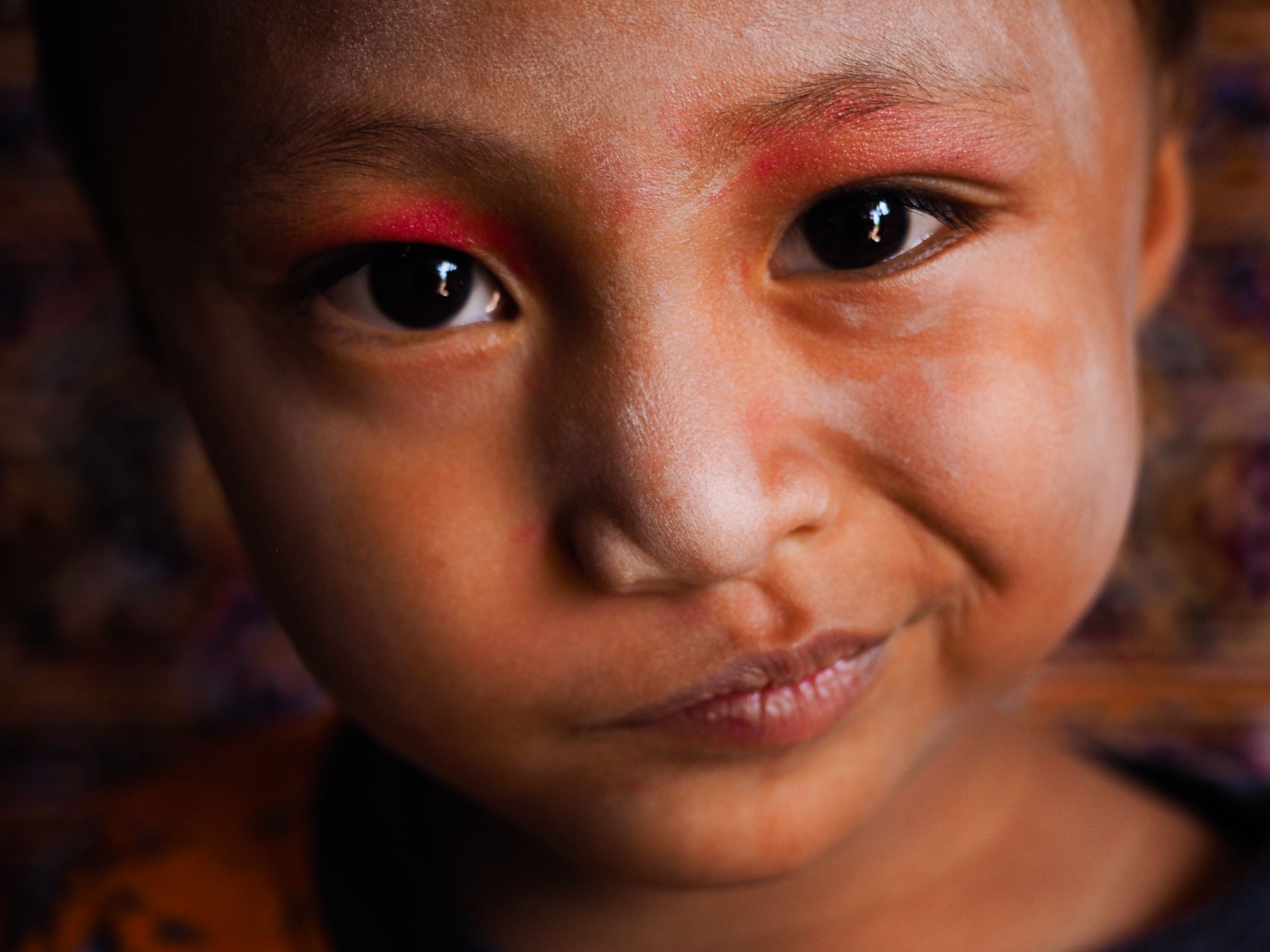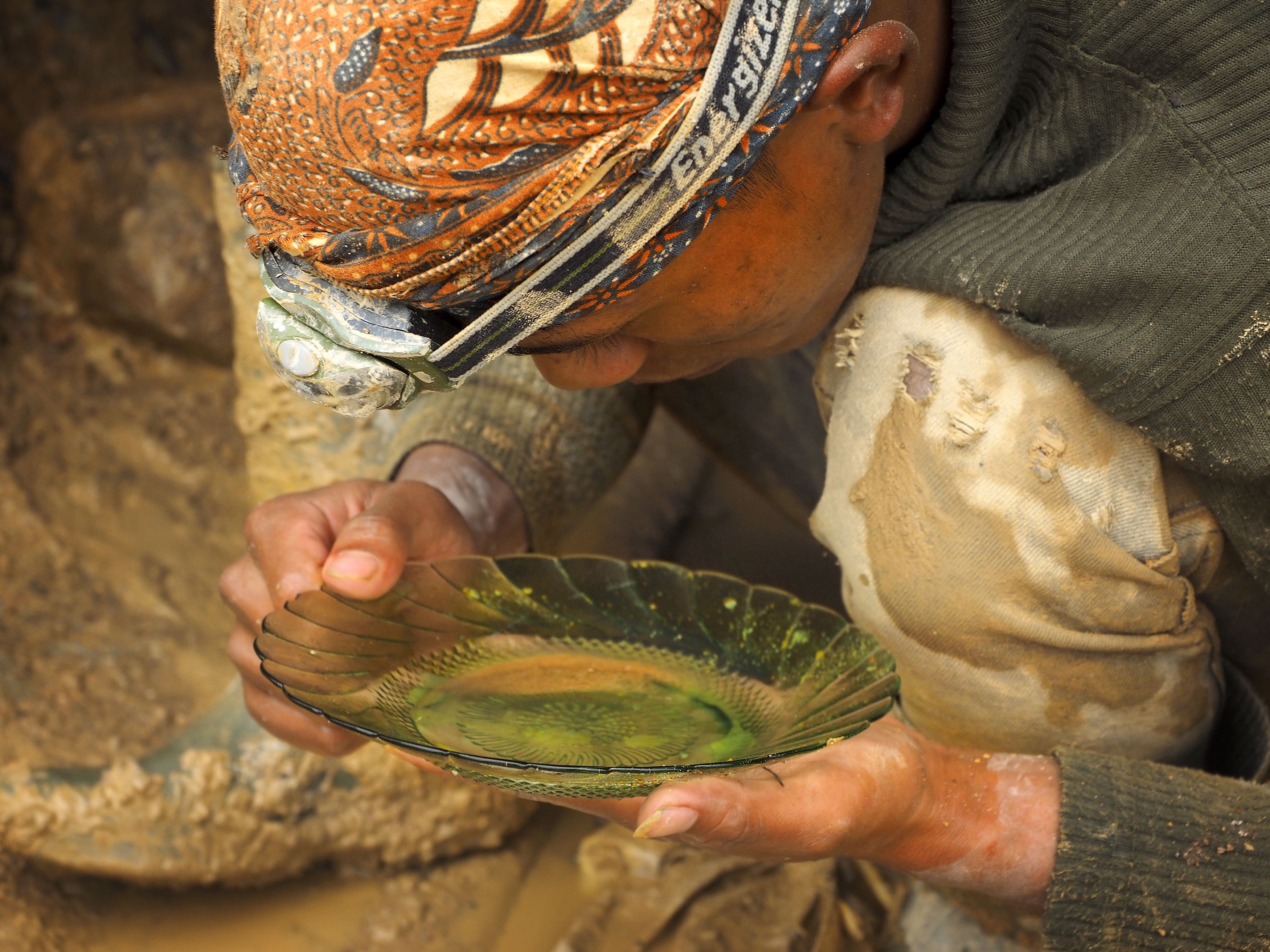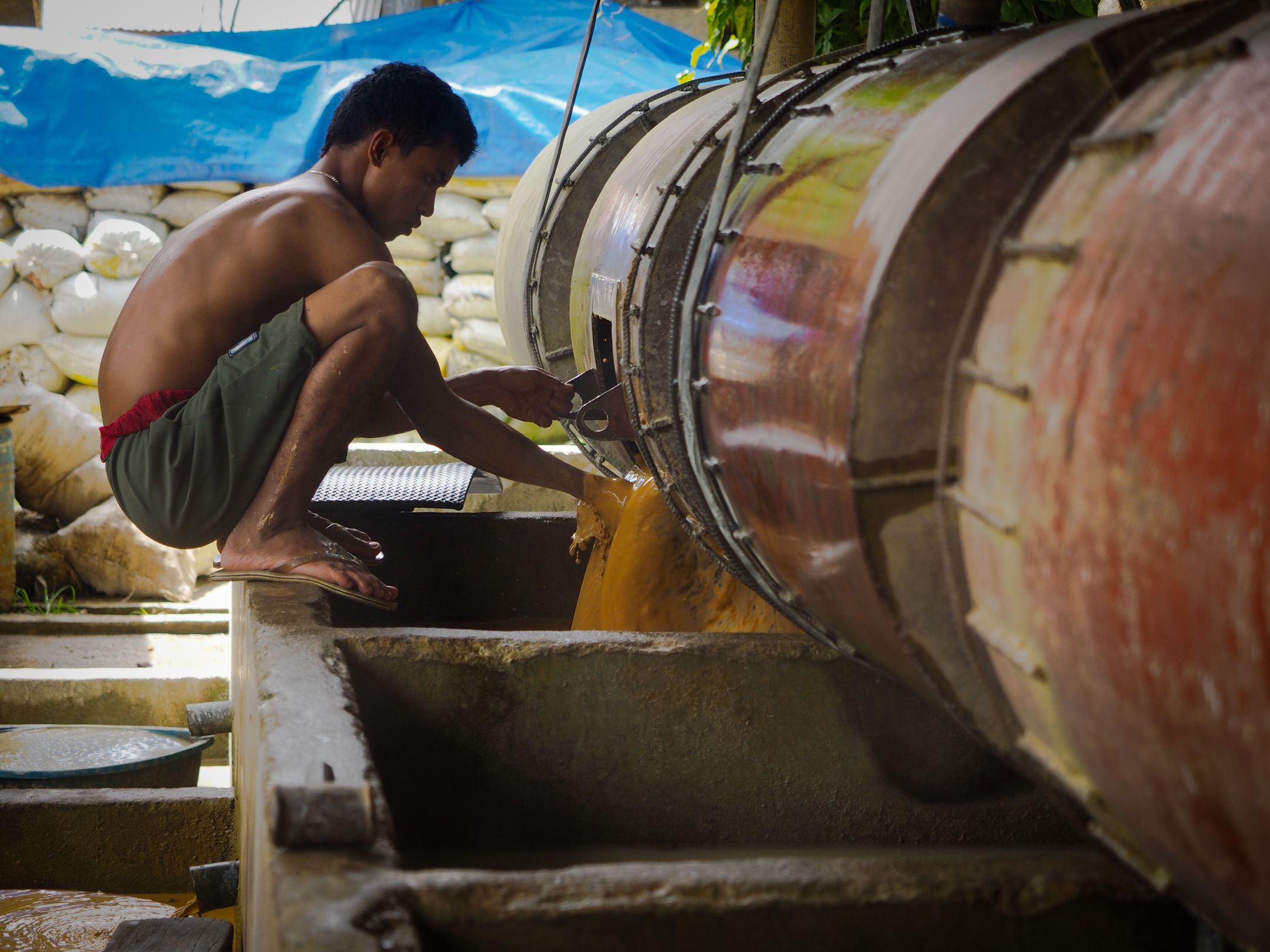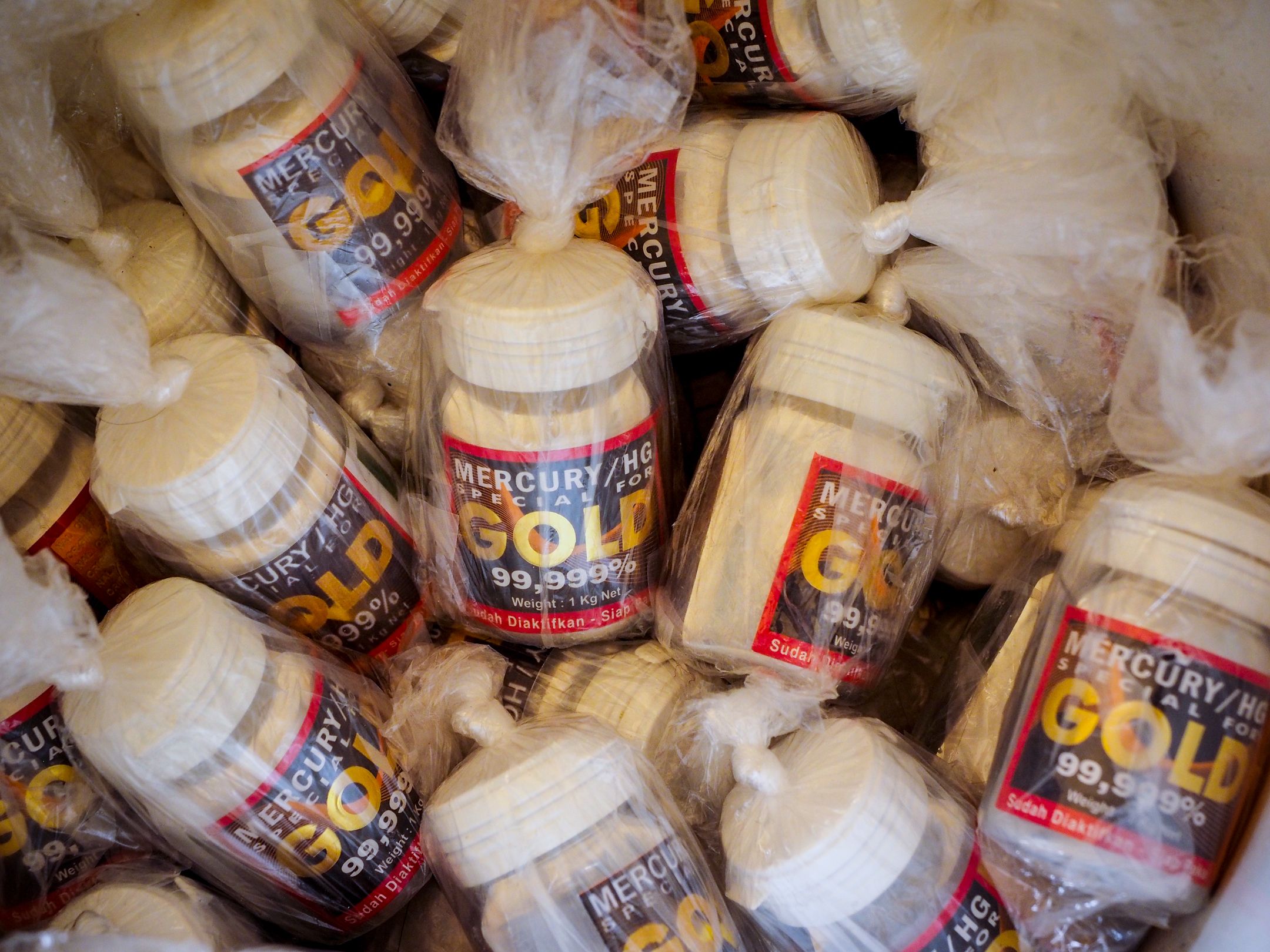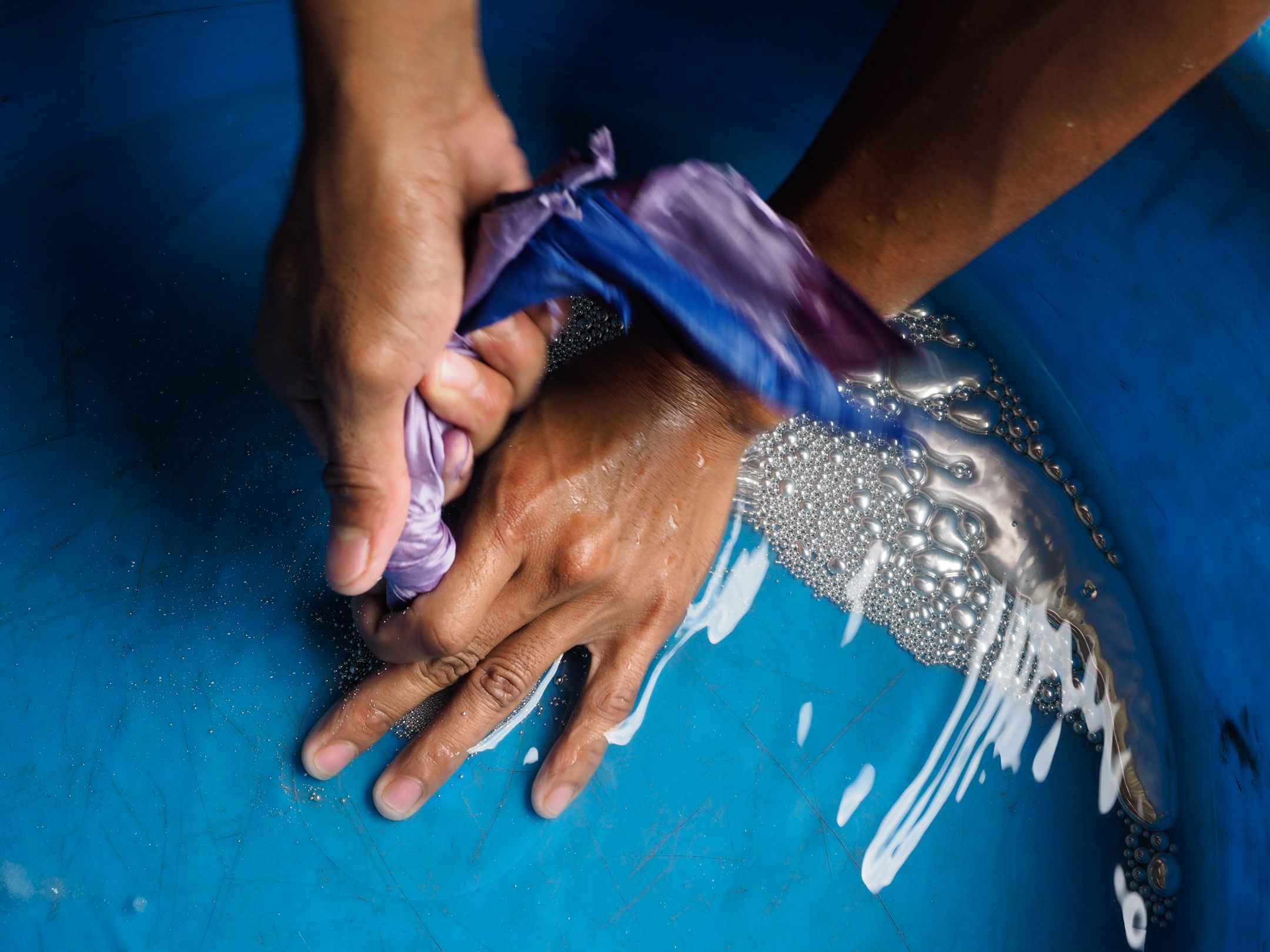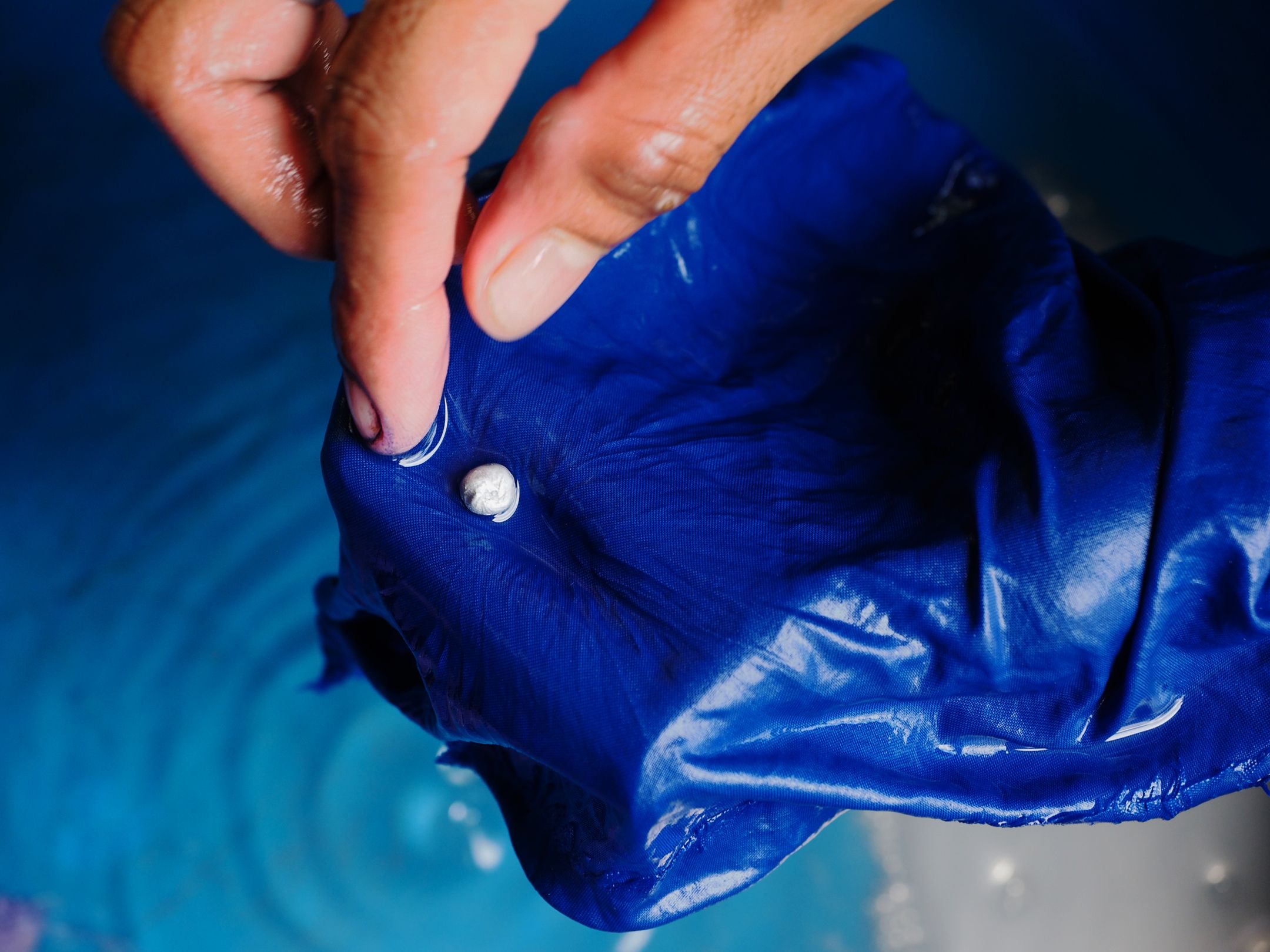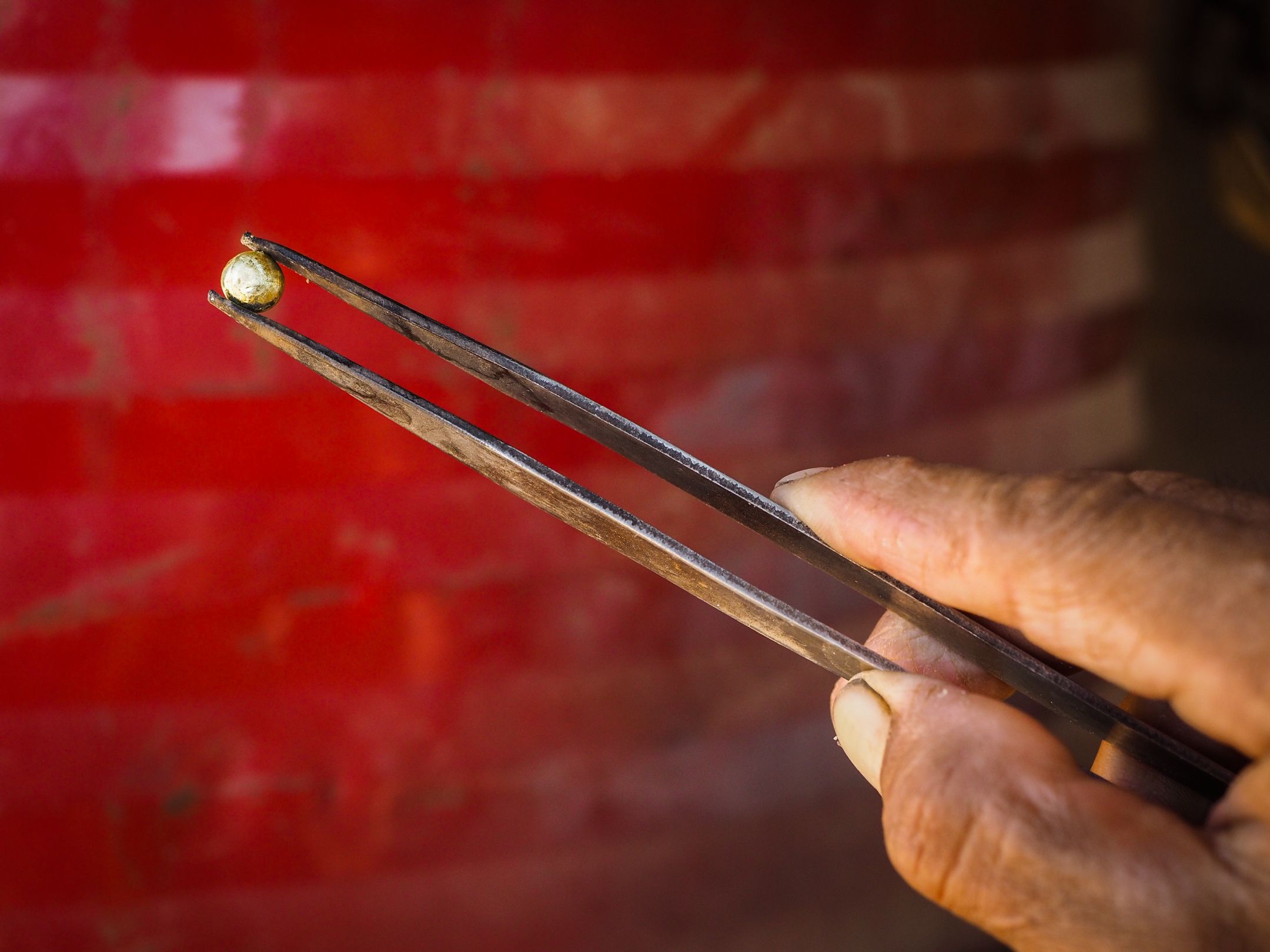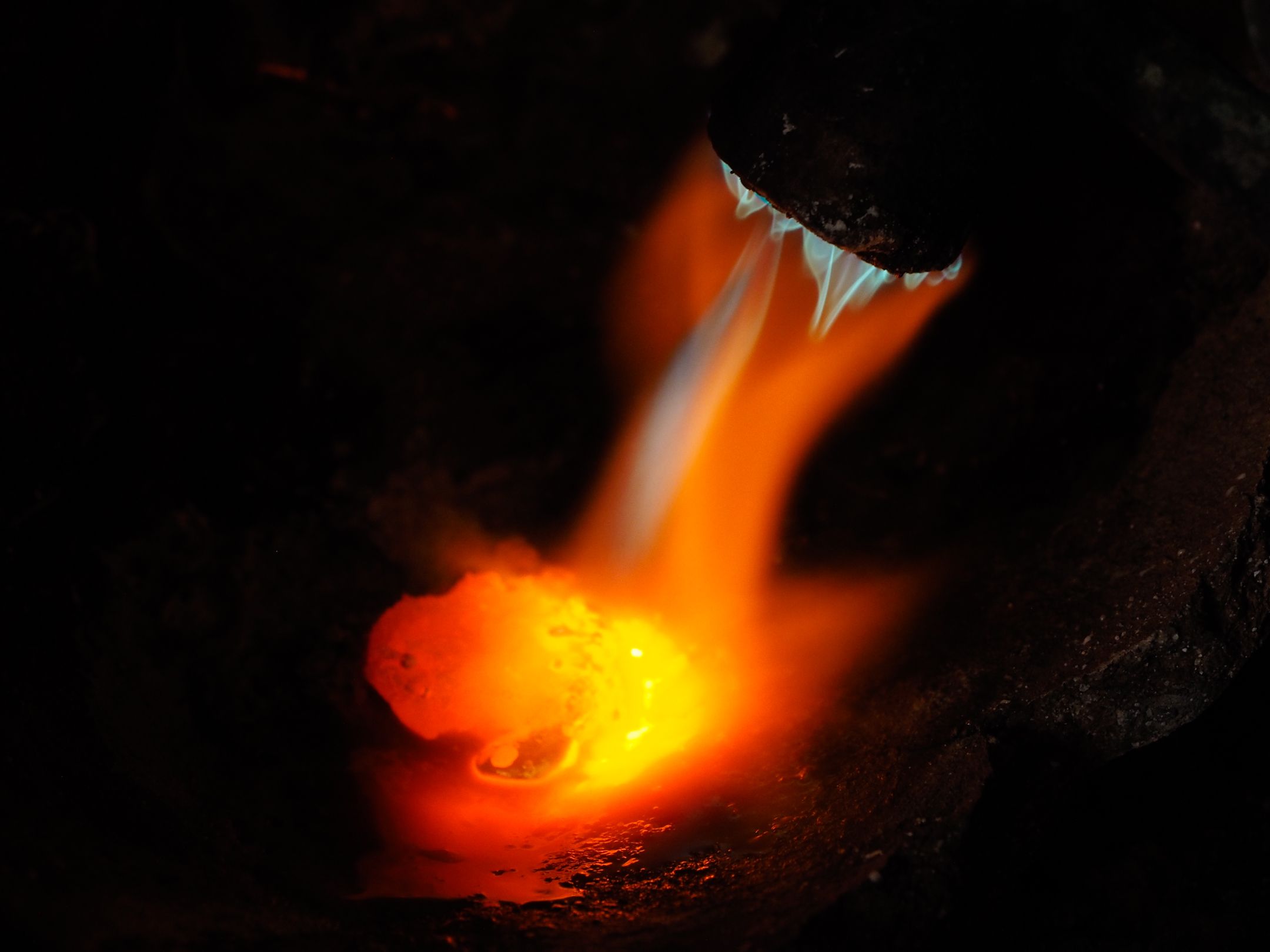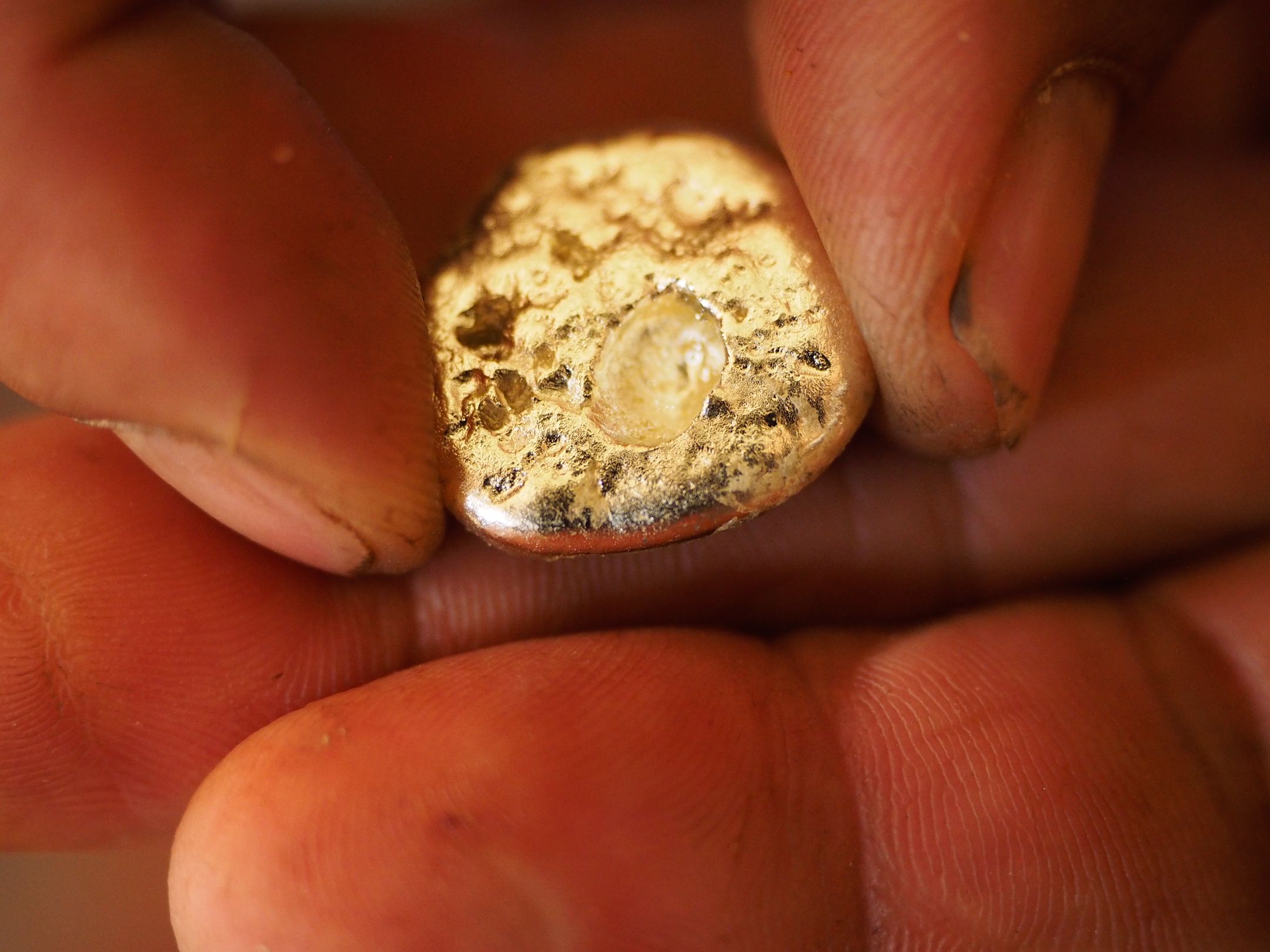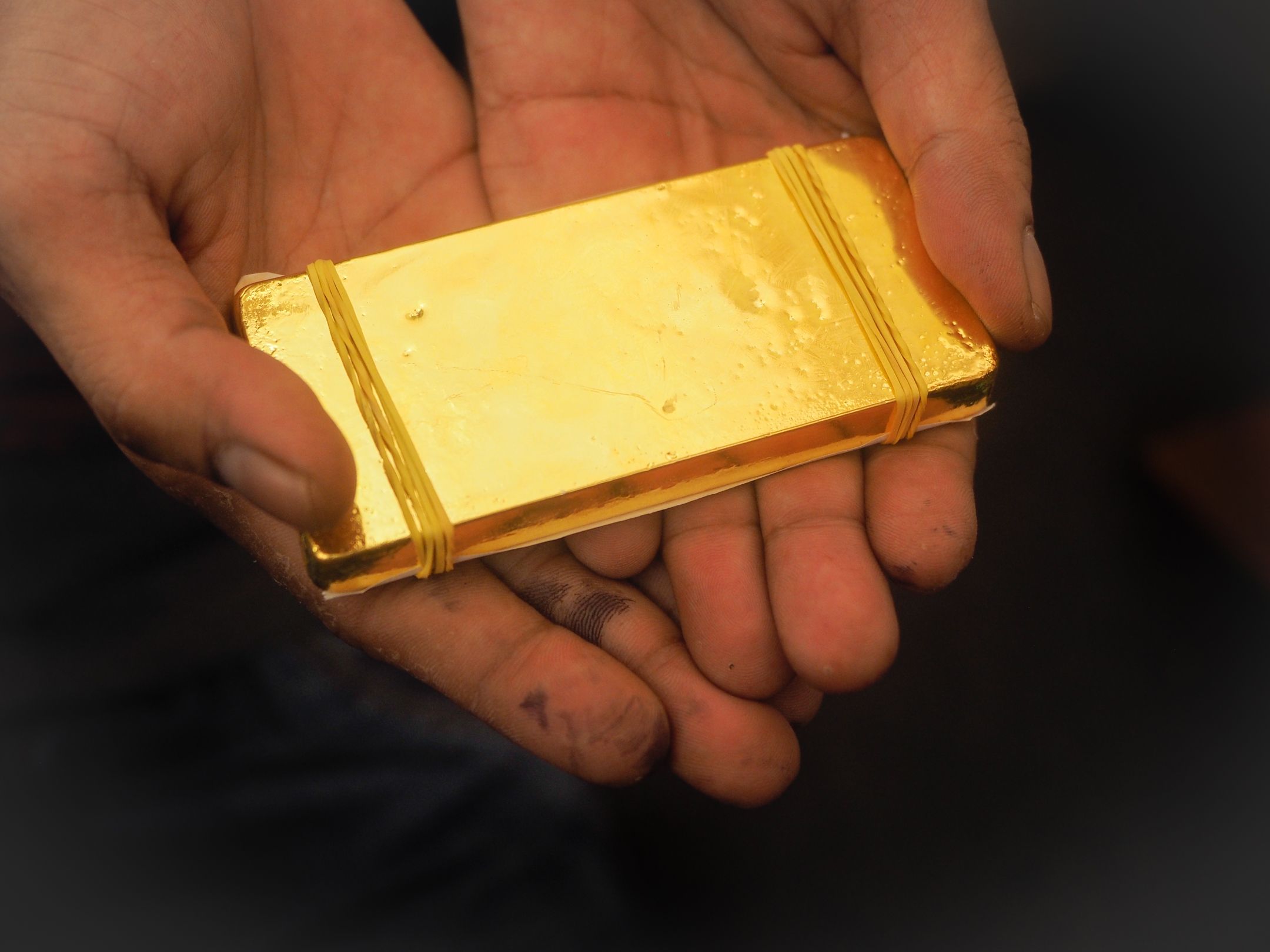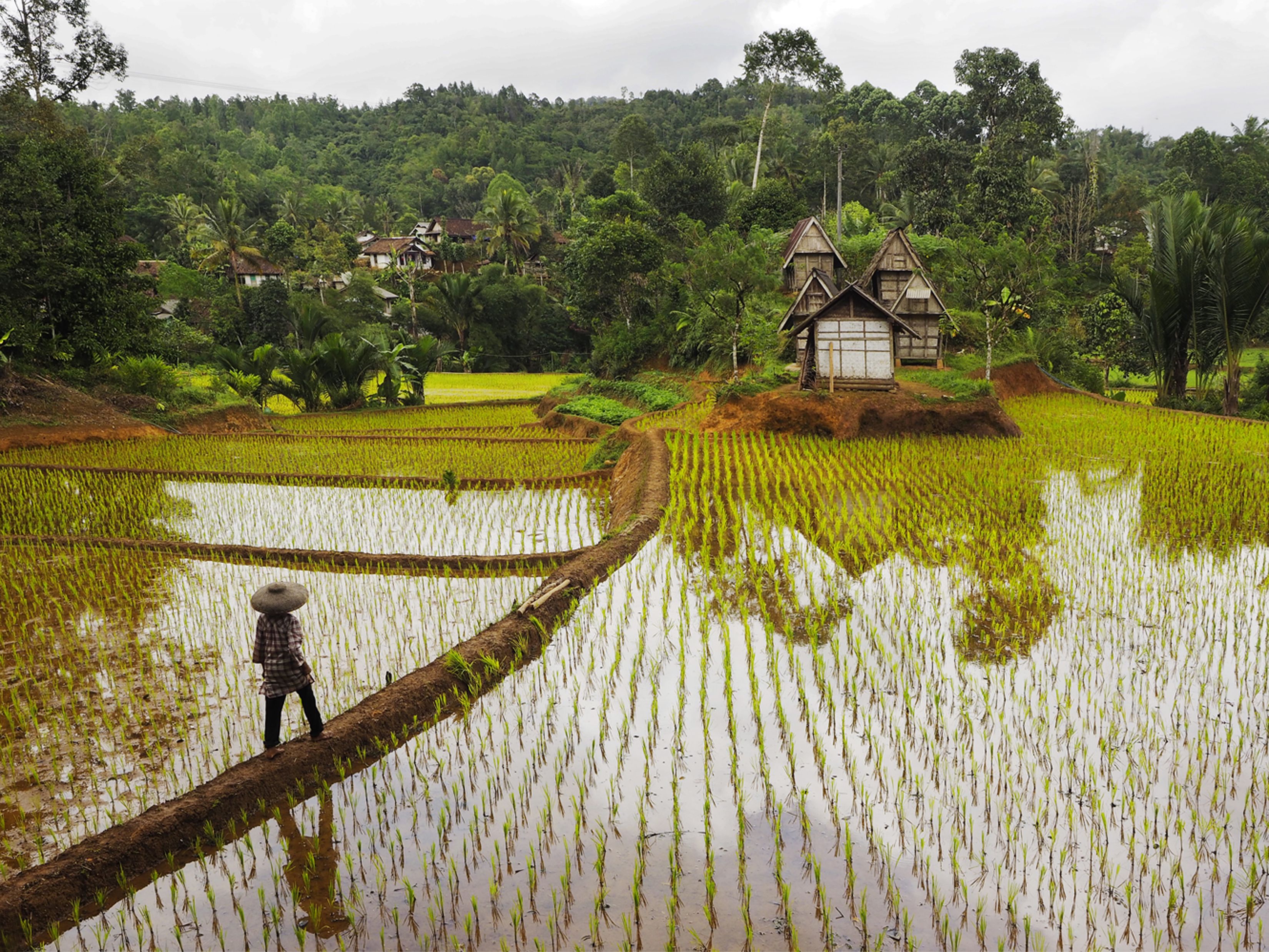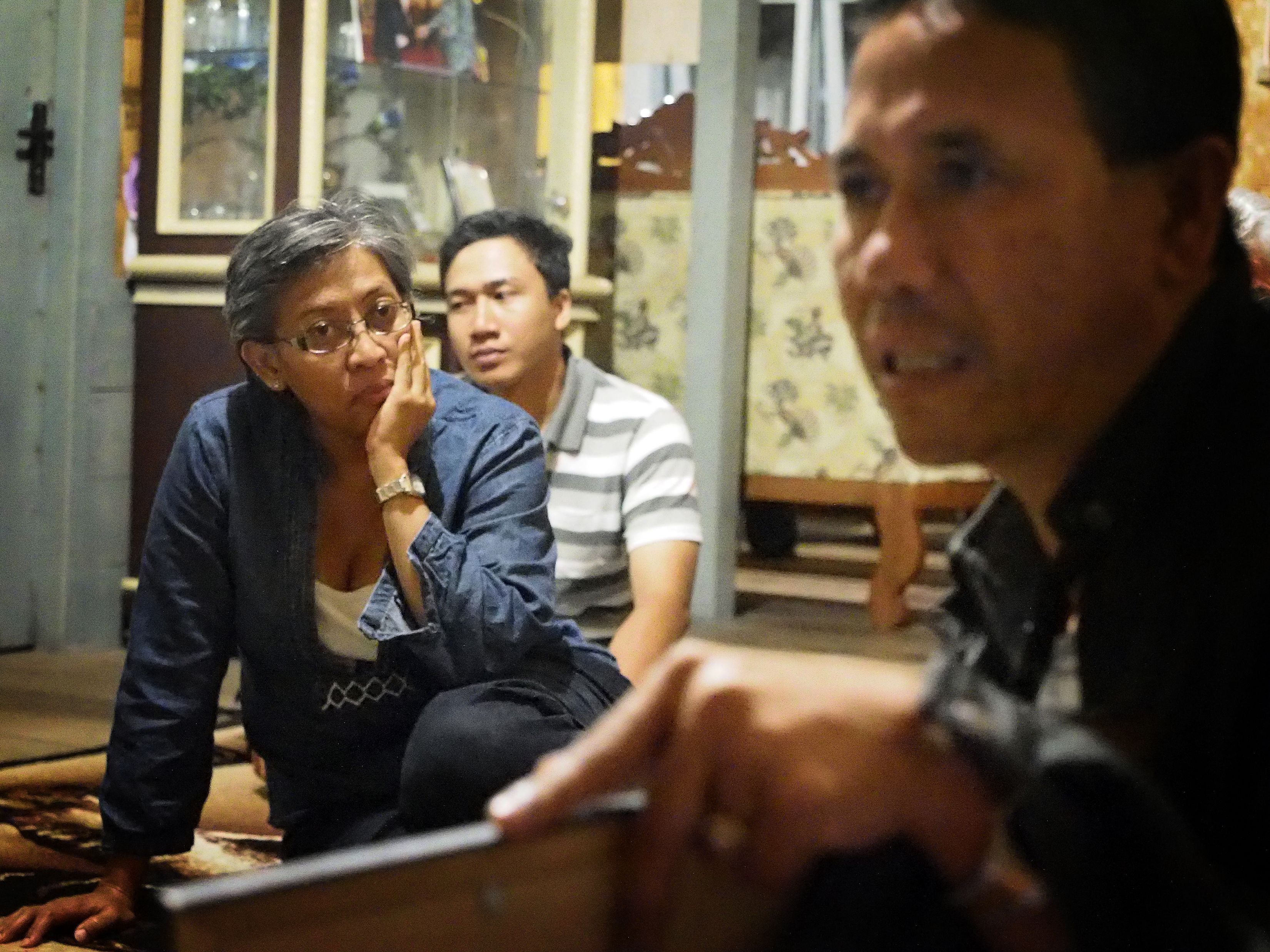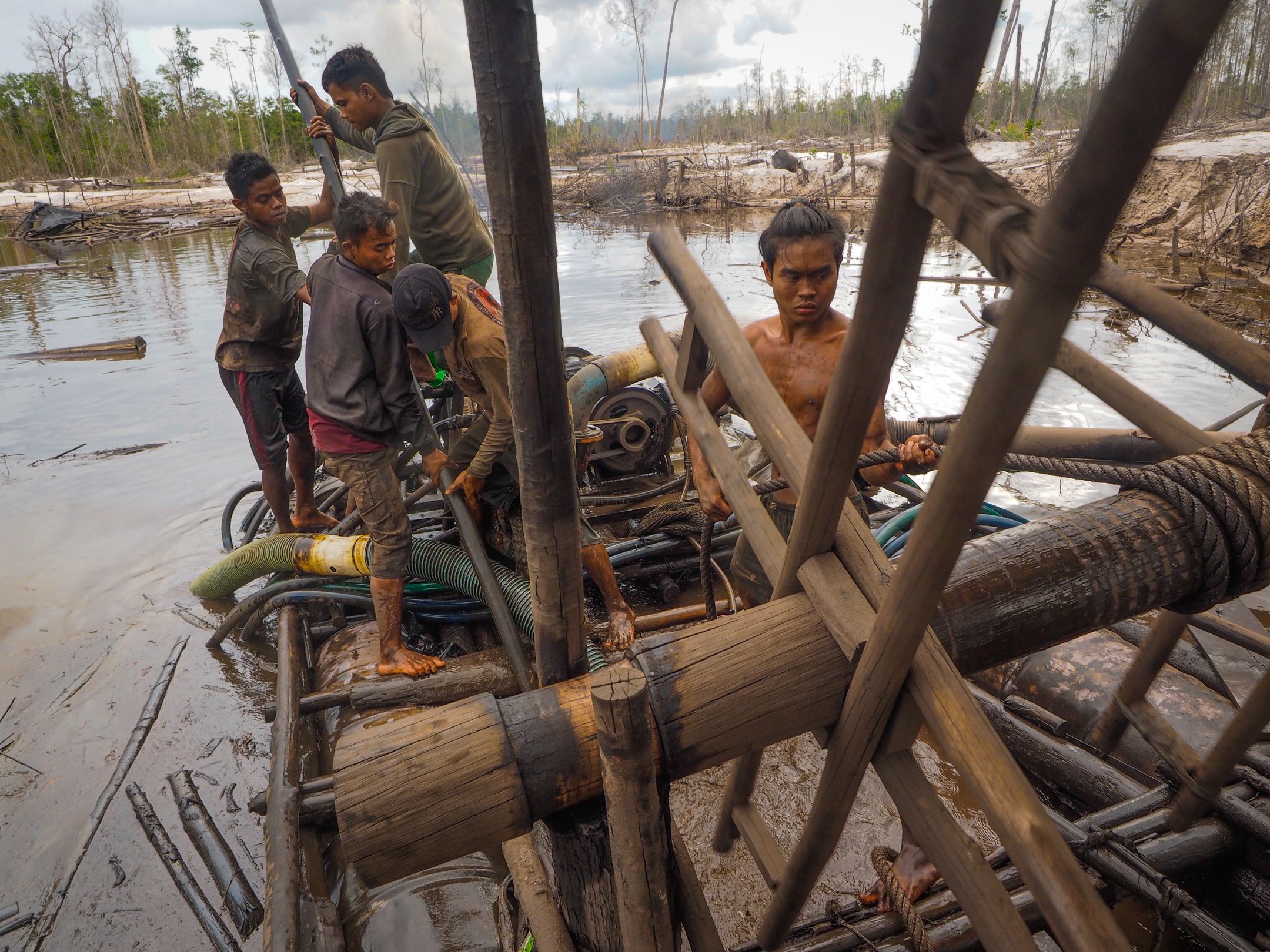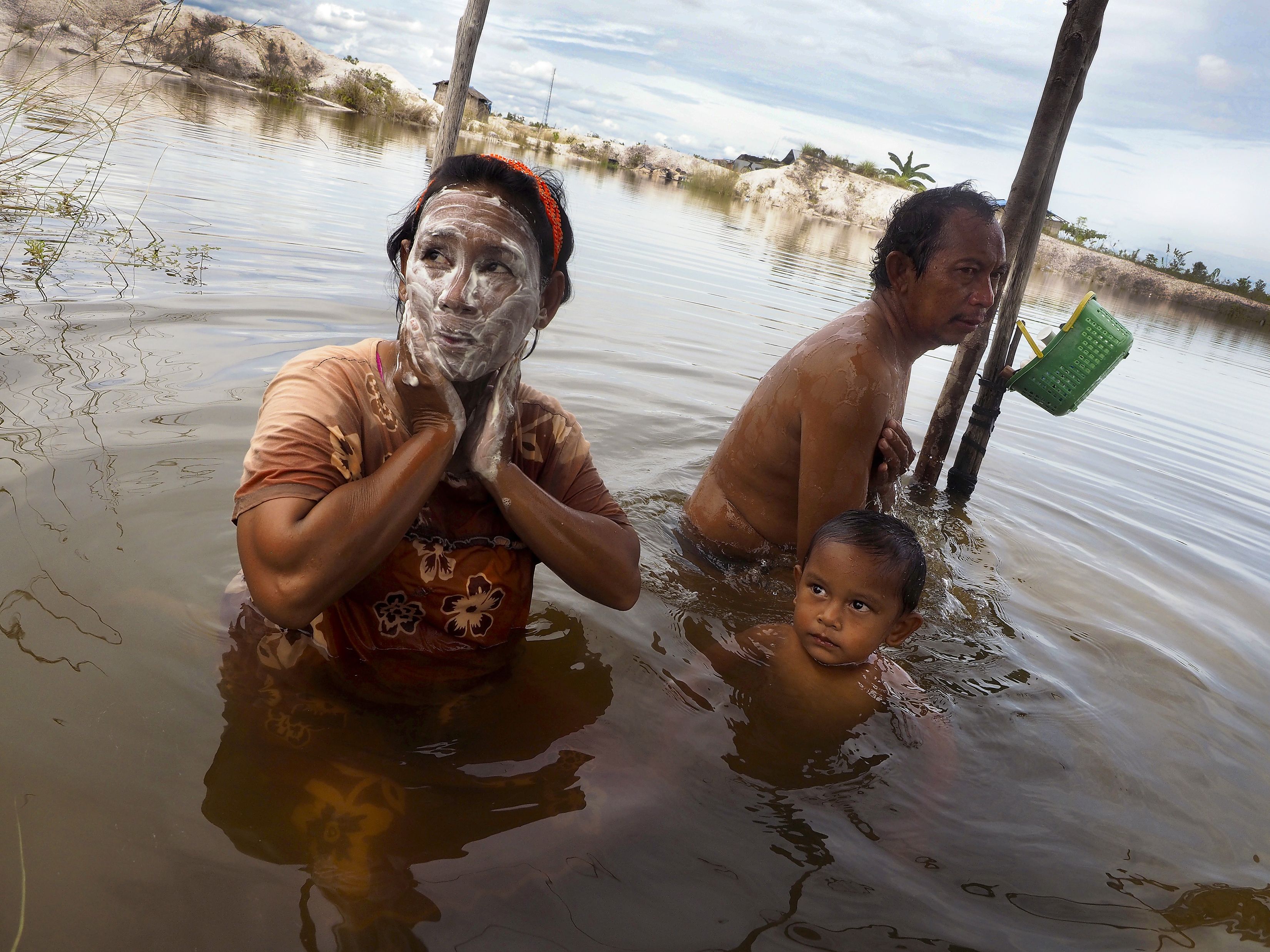About 1 million children work in the dangerous job of mining and many are exposed to mercury while their growing brains are most vulnerable.
Mercury has been known to be dangerous since the time of the ancient Greeks. The liquid metal can cause tremors, memory loss, brain damage and a host of other problems. Mercury accumulates in the body over time and its effects are irreversible. It can be absorbed through the skin, ingested in food, or inhaled as a vapor.
Today, small-scale gold mining is the largest source of mercury emissions caused by humans, accounting for more than 35% of the worldwide total, according to the UN Environmental Program.
Mercury use is widespread in Indonesia, where illegal gold miners operate freely and child labor is common.
